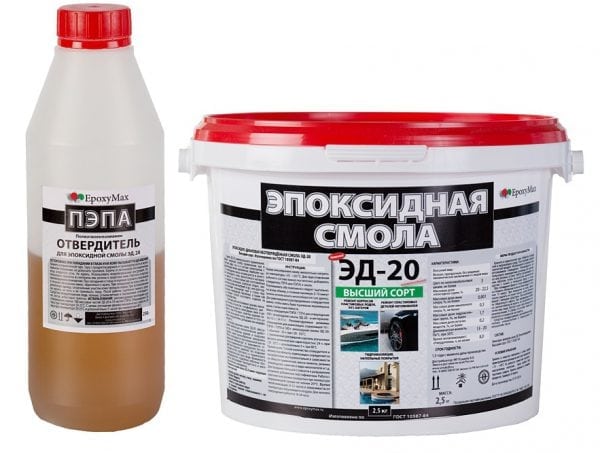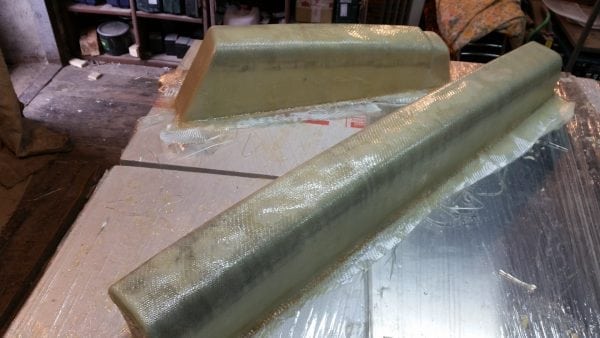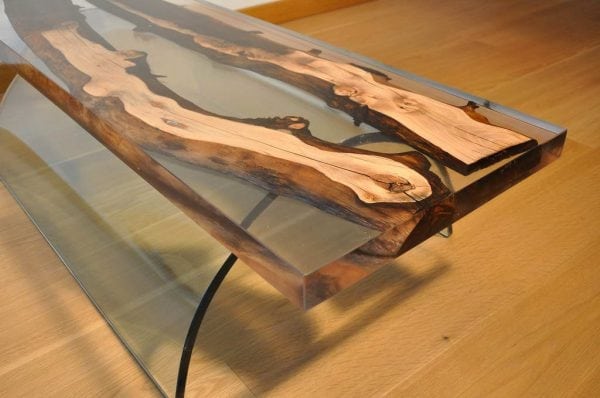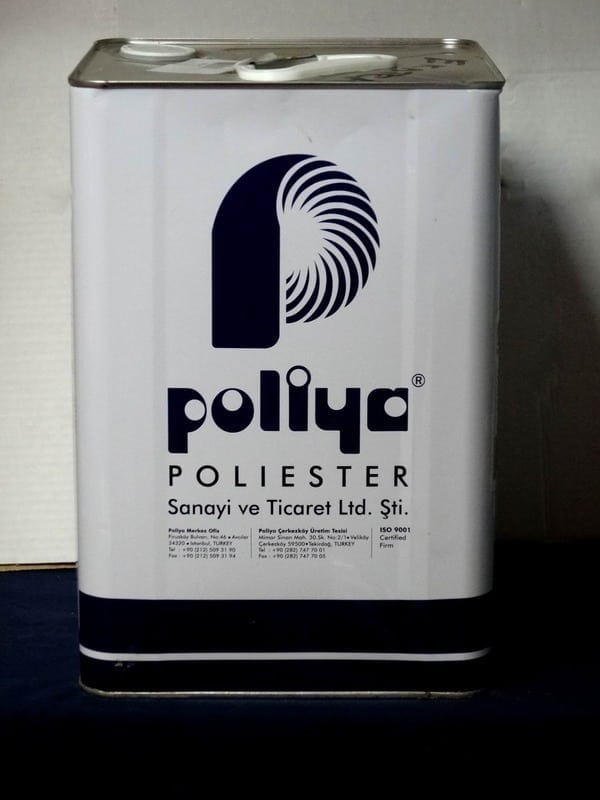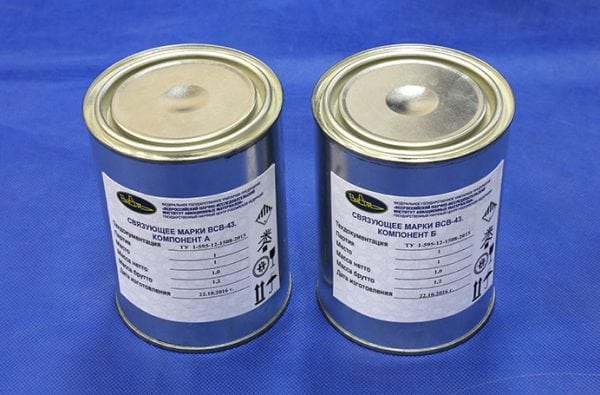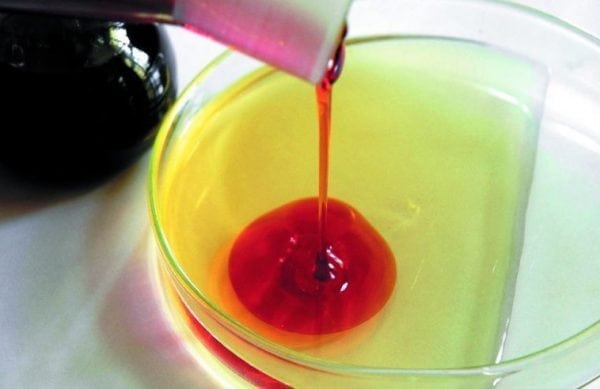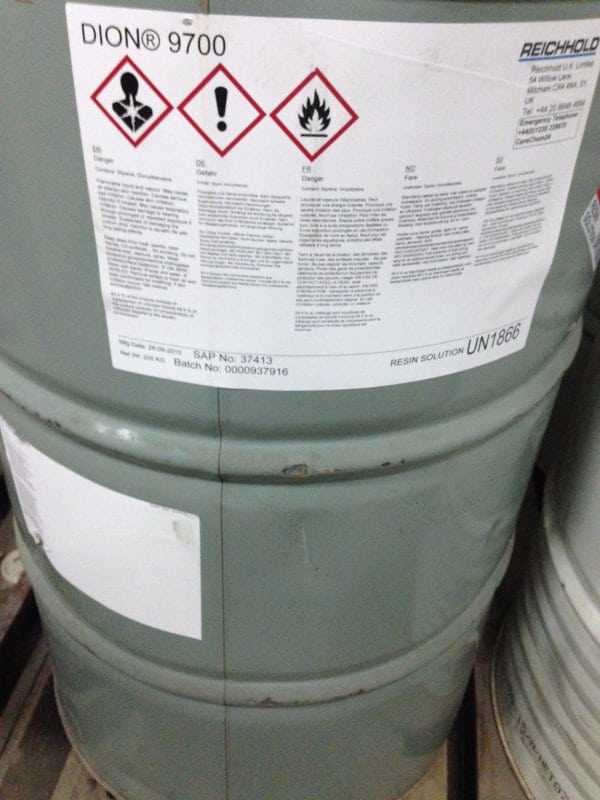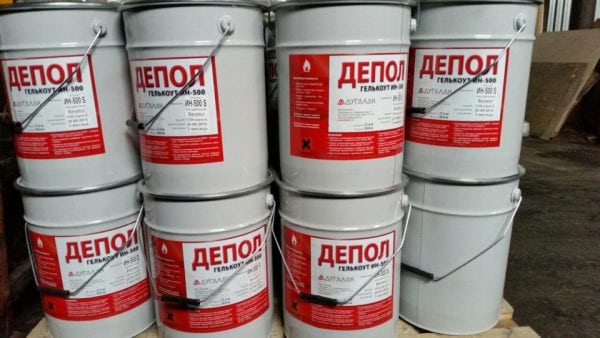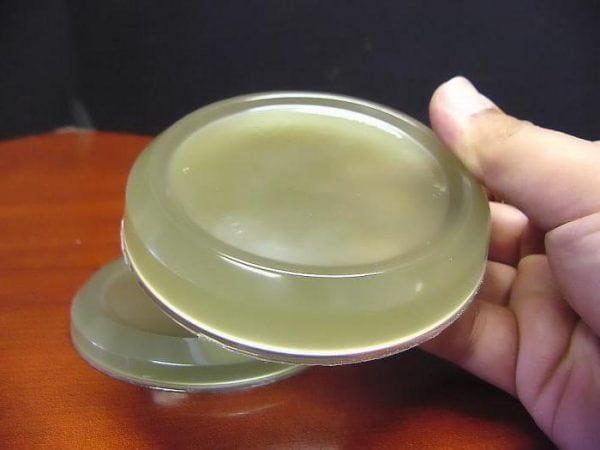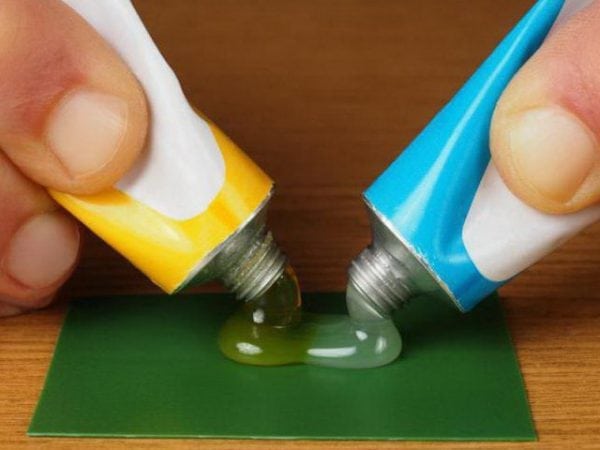In shipbuilding, engineering, chemical industry and a number of other industries, resins are used. Materials are required for impregnation in the production process, improve the properties of wood materials, fiberglass, carbon fiber. What is the difference between polyester and epoxy - the most popular group products? It is worth considering in more detail their scope, pros and cons.
- Epoxy - advantages and disadvantages
- Polyester Resin - Pros and Cons
- Other types of resins
- Vinyl ester resins
- Bakelite resin
- Epoxy vinyl ester resins
- Isophthalic Resin
- Orthophthalic resins
- Differences between polyester and epoxy resins
- Polymerization
- Thermal indicators
- Performance
- Gelation
- Cost
- Interaction among themselves
- Toxicity and odor
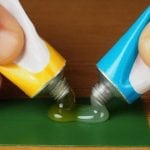
Epoxy - advantages and disadvantages
The epoxy type material has several synthetic components in the composition and is usually implemented in the form of two-component agents. It differs from others in the presence of the main mixture and hardener - the latter is added for solidification before use.
As a result, after curing, products or coatings of high strength are obtained that are resistant to aggressive factors. If acetone or a number of other solvents get in, the coating deteriorates.
Advantages of using epoxy materials:
- the absence of toxic fumes after complete drying of the products (do not emit phenol, are safe for health);
- slight shrinkage;
- protection of surfaces from moisture;
- resistance to wear;
- ease of grinding;
- the ability to glue wood, steel, aluminum, other non-porous substrates;
- the highest rates of glue line.
They work with epoxies for no more than an hour - then the composition begins to harden. Full solidification occurs at -10 ... + 200 degrees, using cold and hot drying methods. There is a difference in efficiency depending on the drying method: with hot exposure, heavy-duty products for special productions are obtained.
Where is epoxy used most often? Here are the main areas:
- fiberglass impregnation for aircraft production;
- ship hull processing;
- manufacturing of parts in the automotive industry, electronics;
- preparation of plastic and fiberglass for construction;
- waterproofing coatings for floors and walls in rooms with high humidity;
- participation in external wall decoration;
- room decor;
- creation of a chemically resistant barrier in various industries.
The disadvantages of the tool are only two. Quite a high cost, especially if you choose between epoxy or polyester. The polymerization period depends on the type of hardener and can be quite inconvenient. The use of high quality hardeners will cause a significant increase in the cost of work.
to contents ↑Polyester Resin - Pros and Cons
The basis of the funds is always polyester, other components may vary: solvents, chemical reaction inhibitors, accelerators. If you additionally cover the surface with a special compound (gelcoat), the strength of the coating will increase.
Scopes of polyester:
- construction;
- engineering;
- chemical industry;
- shipbuilding;
- mixed with glass materials - the manufacture of fiberglass, plumbing;
- manufacturing of artificial stone.
Advantages of the material:
- cheapness;
- hardness, resistance to chemical attack and wear;
- the presence of dielectric properties;
- absence of harmful fumes after hardening, safety for humans and the environment;
- solidification at ordinary temperature;
- ease in work.
What is the difference between polyester and epoxy resins? The properties of the latter seriously exceed the physicochemical parameters of the former. To obtain a more durable coating, gelcoats have to be used: in dry rooms - orthophthalic, in wet - isophthalic, neopentyl.
By cons include the single component composition. The chemical reaction in the polyester is already running, and the old material will be hardened, unsuitable for work. Epoxy can be diluted, the material is suitable for application on any surface, the shelf life is not critical. Lack of flammability due to the presence of certain solvents, low fire resistance - the resin burns like wood.
In comparison with epoxy, you can specify the following disadvantages of the material:
- lower adhesion;
- severe shrinkage;
- high rate of water filtration.
Other types of resins
There are other types of materials that can replace the ones described above. They are less popular, but still used in industry.
Vinyl ester resins
These are modern types of materials, the principle of formation of which is similar to that of polyester. Vinyl ester resins are more durable - this property is given to them by the epoxy molecules that make up the composition. Shrinkage is higher than epoxy, but lower than polyester.
Other material characteristics:
- does not allow microcracks to form;
- increases adhesion to surfaces;
- possesses high waterproof properties.
Unfortunately, such materials contain harmful substances (styrenes), although a number of modern modifications do not include these elements. The downside is poor polymerization at ordinary temperatures. The price of funds is high, slightly lower than the cost of epoxy resins.
During operation, care must be taken: when applied to heterogeneous surfaces there is a risk of detachment of the outer part of the coating. The material shows the best adhesion to fiberglass, its adhesion to carbon fiber, Kevlar is worse.
to contents ↑Bakelite resin
Bakelite is a polycondensation product of phenol with formaldehyde with the participation of an alkaline catalyst. The material belongs to thermosets, is formed at the initial stage of phenol-formaldehyde resin production. In appearance, bakelite resin is a viscous liquid of light yellow, dark yellow color.
The material is used as a link in the production of abrasive products of hot, cold pressing and rolling. The property of bakelite to turn into an insoluble form with prolonged heating is used to prepare plastics. Alcohol solutions are used as varnishes.
Material Properties:
- high resistance to friction, pressure, impacts;
- poor thermal conductivity;
- easy machining;
- electrical insulating qualities;
- lack of damage from the action of alkalis and cold acids;
- resistance to temperatures up to +300 degrees.
Epoxy vinyl ester resins
Such materials are characterized by the highest chemical resistance, can protect products from corrosion. Especially popular in manufacturing where the anticorrosive properties of fiberglass are required.
Due to these qualities, epoxy vinyl ester resins can be used in a number of industries:
- chemical;
- cellulose;
- semiconductor;
- energy;
- metalworking;
- petrochemical production;
- drug release;
- recycling.
The application of chemical-resistant resins makes the products protected from solvents, oxidizing agents, chlorides, alkalis.Some types of epoxy vinyl ether resins can withstand temperatures up to +315 degrees, but most of them can be used for a long time up to +175 degrees. Fiberglass service life is several decades. The cost of the material is moderate - lower than epoxy resins.
to contents ↑Isophthalic Resin
This type of material refers to polyesters, the difference is only in the specifics of the manufacturing process. Isophthalic resin differs from the standard polyester molecular weight, structure. This leads to slightly different properties of the finished fiberglass.
Isophthalic materials have a complex structure. Other properties:
- high impact strength;
- excellent binding to glass fibers;
- ability to withstand large static, dynamic loads;
- low water absorption;
- can be applied manually and by spraying.
Orthophthalic resins
Compared to isophthalic resins, orthophthalic resins have a less complex structure. The composition has special additives that improve environmental performance, reduce the harmfulness of fumes. Some do not contain styrene at all and are considered safe.
In the composition of a number of resins there is paraffin, and they are intended to create a surface film on the laminate. Orthophthalic resins harden quickly; they must be handled for a short period of time.
to contents ↑Differences between polyester and epoxy resins
Polyester and epoxy combine strengths and weaknesses, so they are used depending on the needs. Materials vary widely in a number of ways.
Polymerization
Epoxy resins polymerize longer than polyester resins. They lose viscosity when the temperature rises, so troubles can arise when working on vertical bases. Polyester resins do not lose viscosity: a person can work with them even without special training.
to contents ↑Thermal indicators
Too high temperatures quickly render epoxy unusable, the material boils. Polyester resins better withstand heat, do not boil.
Performance
Both types of material are characterized by the strength of the finished coating, have good adhesion. Shrinkage of epoxy is much lower, the material lasts longer, therefore it is used for the manufacture of wear-resistant parts. Work requires certain skills. Polyester resin is used where ultrahigh wear resistance is not required, the material is sufficiently durable, and high-quality fiberglass products are obtained.
to contents ↑Gelation
The process of gelation of epoxy is 30 minutes, polyester material - from 2-3 minutes.
Cost
The price will depend on the specific brand and variety of the product, but in any case, epoxy is much more expensive.
Interaction among themselves
It is not recommended to apply polyester to epoxy - the material will quickly peel off. This is due to ethers, paraffins, which are part of the polyester resin. The epoxy on the sanded polyester will lie perfectly and will last a long time.
Toxicity and odor
Epoxy resins have no pungent odor and are not toxic. The polyester has a more unpleasant odor, but toxicity is also absent. Work with both types of materials with gloves.
Comparing different types of resins is difficult, because each has its own purpose. In general, we can draw the following conclusion: epoxy is much stronger, more durable, but more expensive, polyester is less durable, but cheap and excellent for products that are not subject to high loads.

